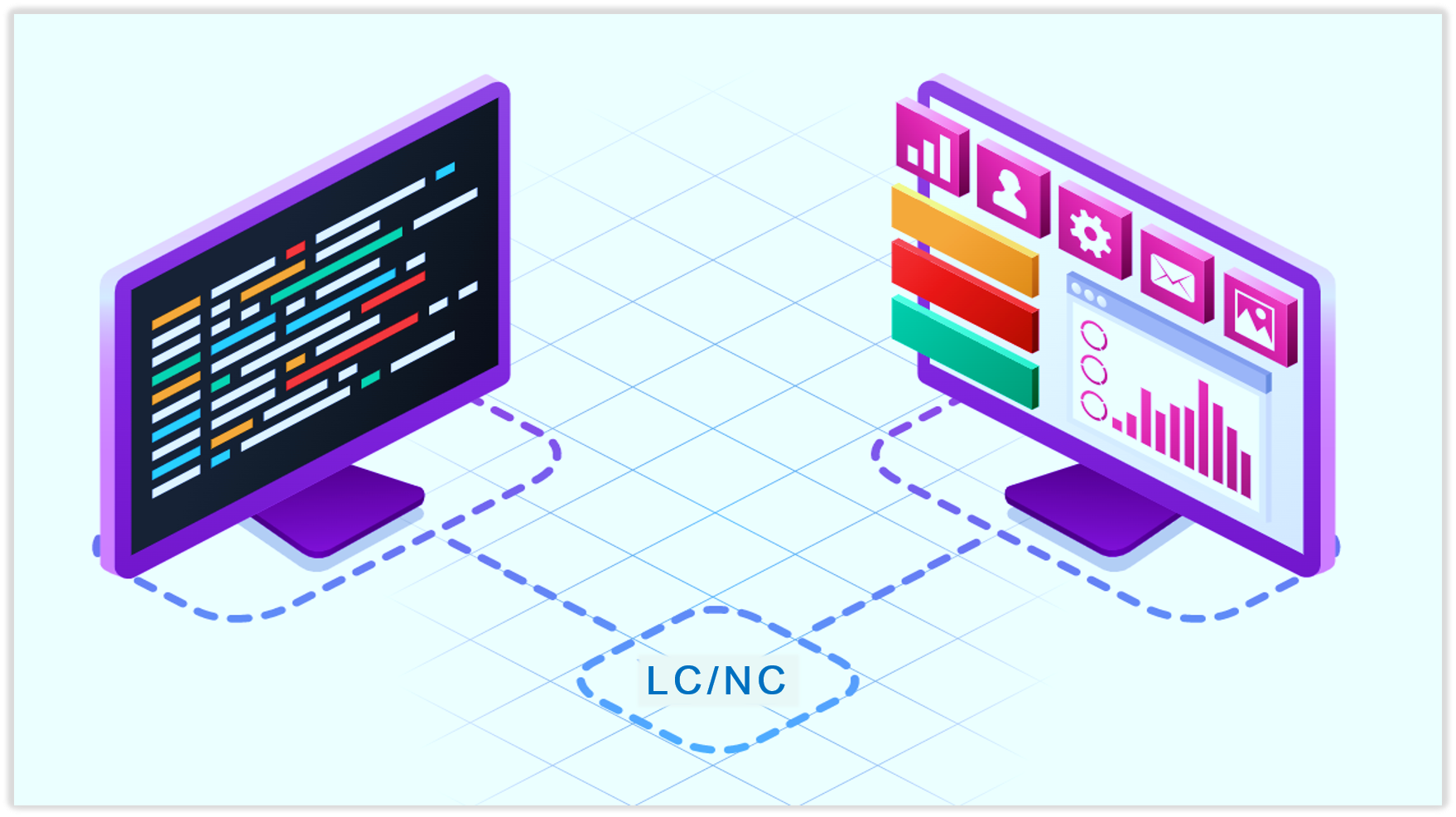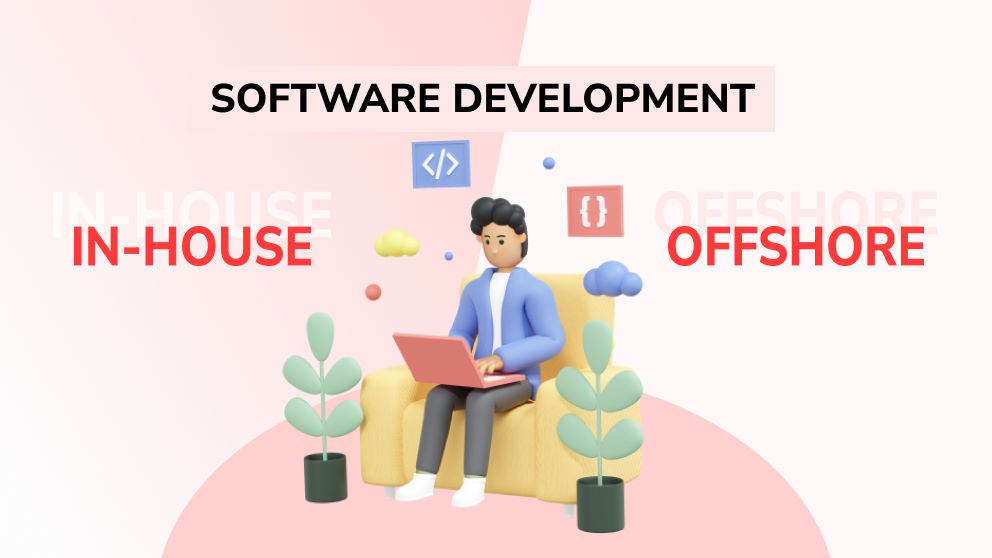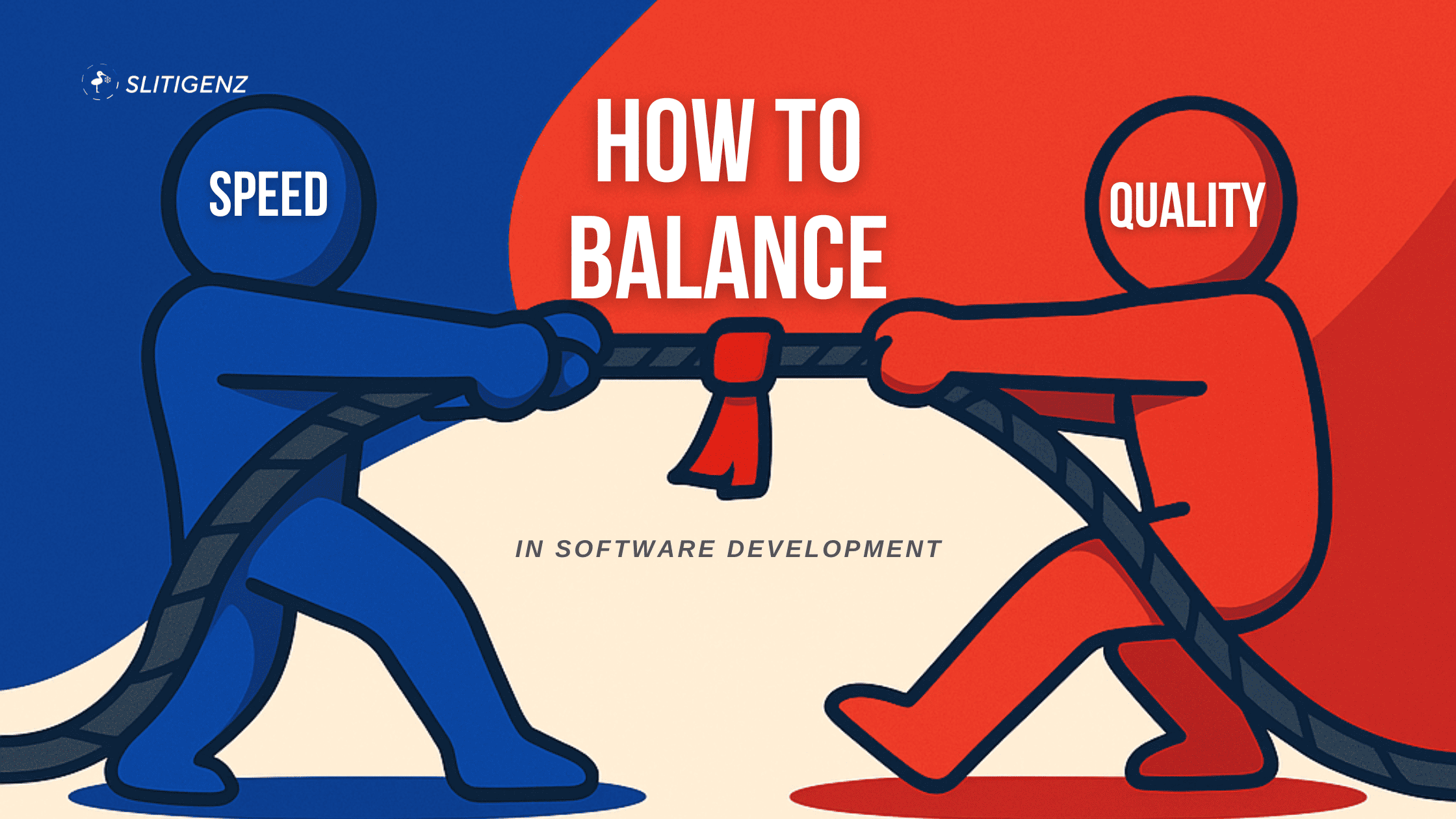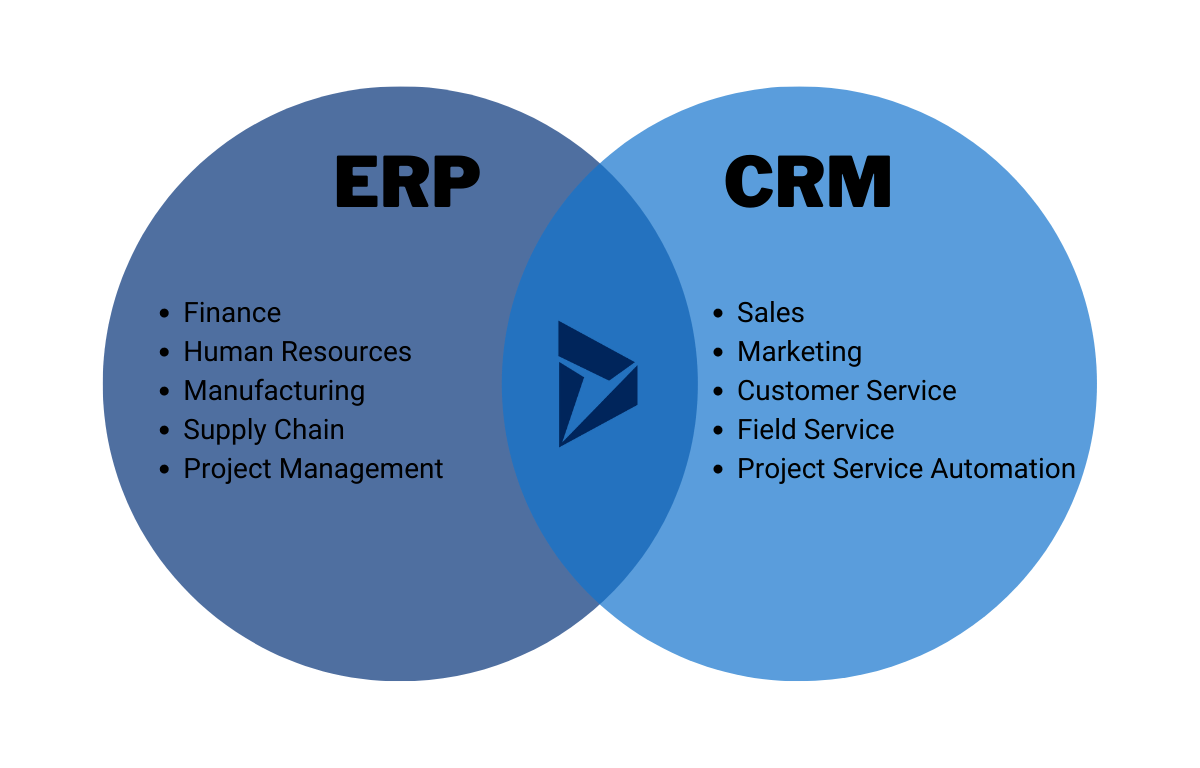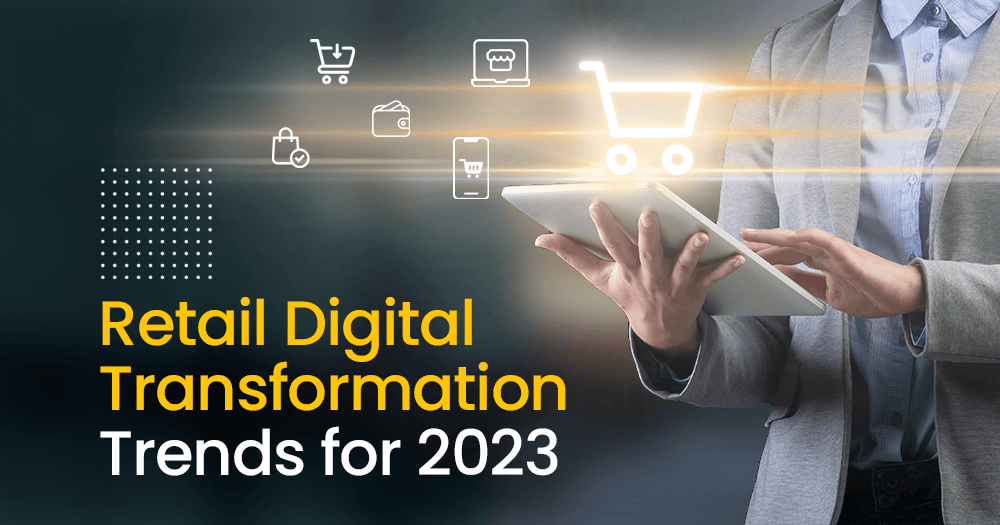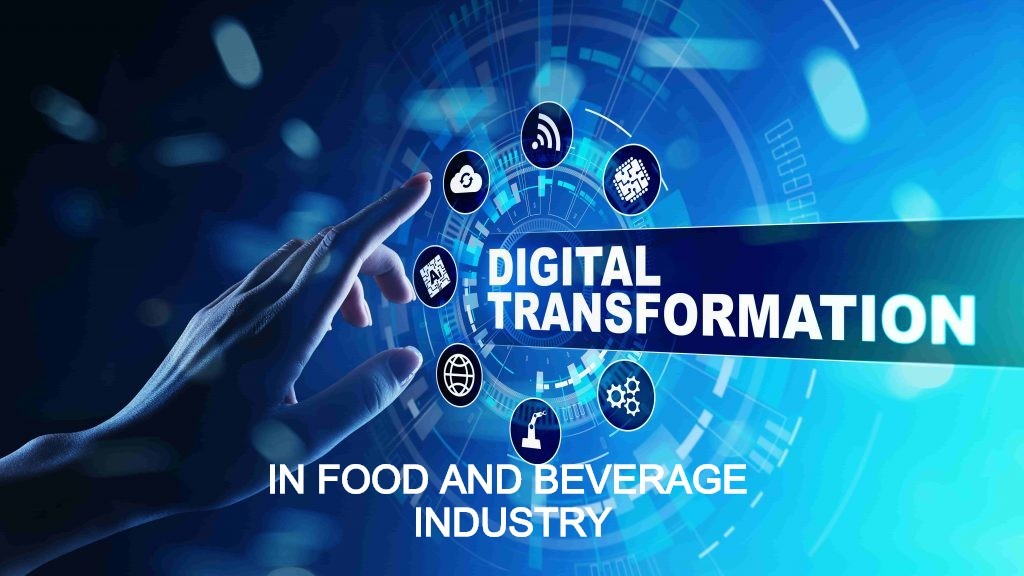AI is increasingly embedded in software engineering workflows, and selecting the right AI coding agent has become a key differentiator in both velocity and quality. These tools go far beyond autocomplete—they assist in codebase comprehension, unit test generation, logic validation, and clean code refactoring.
This post provides an in-depth, technical evaluation of six standout AI coding agents, based on practical implementation experience, feature-level analysis, and their fit across different development scenarios.
- 1. Cursor – Not Just Autocomplete, But AI That Understands Context
- 2. GitHub Copilot – Highly Efficient, Within Its Boundaries
- 3. Qodo – Focused on Test Generation and Code Cleanliness
- 4. CodeMate – IDE-Based AI Code Reviewer
- 5. Sourcegraph Cody – Semantic Assistant for Enterprise – Scale Codebases
- 6. v0 – UI Prototyping Powered by Natural Language
- Final Notes
- FAQ
1. Cursor – Not Just Autocomplete, But AI That Understands Context
Cursor is designed to go beyond traditional code suggestion tools by offering a deeply integrated development experience. It’s built with complex backend architectures and monorepo structures in mind, providing engineers with contextual intelligence across the entire project.
- Offers robust cross-file context analysis, making it suitable for monorepos and complex backend systems.
- Enables natural language commands such as “Refactor this logic into middleware,” and executes them across files.
- Integrates multiple LLMs (GPT-4, Claude, Gemini) for flexible semantic comprehension.
Considerations:
- Requires initial indexing for large projects.
- Best suited for multi-module backend applications and legacy system refactoring.
2. GitHub Copilot – Highly Efficient, Within Its Boundaries
GitHub Copilot is one of the most widely adopted AI-powered autocomplete tools, especially among frontend and full-stack developers. It integrates seamlessly with popular IDEs and supports a broad range of languages, offering productivity gains in everyday coding tasks.
- Excellent at generating helper functions, loops, basic CRUD operations, validation schemas.
- Effective in repetitive tasks that benefit from line-by-line prediction.
Despite its utility, Copilot has several limitations that developers should be aware of, especially when working in larger or more interconnected codebases.
- Lacks cross-file awareness.
- Occasionally generates references to non-existent functions or variables.
Best Practices: Writing clear comments before code (e.g. // debounce this function) significantly improves suggestion accuracy.
3. Qodo – Focused on Test Generation and Code Cleanliness

Qodo shifts focus away from generating new code and instead emphasizes ensuring code quality and maintainability. It excels at test automation, static analysis, and enforcing clean coding practices across the project.
- Automatically generates unit tests with relevant assertions and mocks.
- Refactoring recommendations follow clean code principles (naming, decomposition, exception handling).
- Provides code quality scores and hygiene metrics.
Given its quality-first orientation, Qodo is best applied in CI/CD contexts or codebases requiring robust test coverage and refactoring guidance.
- Integrating into CI/CD pipelines to enforce pre-merge quality.
- Maintaining legacy systems where manual test creation is time-consuming.
4. CodeMate – IDE-Based AI Code Reviewer

CodeMate acts as a real-time assistant inside the IDE, providing immediate feedback on code correctness, documentation clarity, and logical flow. Its integrated chat and autocorrect features position it as a supportive tool for day-to-day development.
Standout Capabilities:
- Detects logic flaws, null checks, and readability issues during active development.
- Inline chat available within IDE to clarify why a specific block needs adjustment.
- Generates docstrings and contextual documentation automatically.
In practice, CodeMate is well-suited for improving pull request throughput, onboarding new developers, and promoting internal consistency in team codebases.
- Streamlining pull request reviews.
- Assisting junior developers or interns during onboarding.
5. Sourcegraph Cody – Semantic Assistant for Enterprise – Scale Codebases

Sourcegraph Cody is built to enhance code intelligence across massive and distributed repositories. With semantic search, LLM-powered assistance, and integration with Sourcegraph’s indexing engine, it becomes an invaluable tool for teams maintaining mission-critical systems.
Core Features:
- Semantic search allows queries like “Where is SSO handled?” across large or multi-repo systems.
- Effective with polyglot architectures and monorepos.
- Supports multiple LLMs (GPT-4o, Claude, Gemini) with interchangeable backends.
Cody is particularly effective in environments where understanding system-wide behavior, managing legacy code, and cross-team knowledge transfer are recurring challenges.
- Enterprise environments where documentation is sparse or outdated.
- Improving developer ramp-up time across teams.
6. v0 – UI Prototyping Powered by Natural Language

v0 serves a specialized but increasingly relevant purpose – translating design prompts into front-end code. Its text-to-UI engine is especially advantageous in product discovery, internal tool development, and early MVP stages.
Technical Strengths:
- Converts prompts like “User dashboard with sidebar and profile form” into fully functional React code.
- Generates components compatible with
shadcn/ui, optimized for use with Next.js. - Allows conversational layout editing without visual drag-and-drop.
Suitability:
While v0 is powerful for generating interface layouts quickly, it’s important to recognize its current constraints around logic-heavy or highly custom component implementations.
- Excellent for rapid prototyping of landing pages, admin dashboards, or product demos.
- Less suitable for complex interaction logic or heavily customized components.
Final Notes
Each tool in this list solves a distinct problem in the software development lifecycle:
- Cursor and Cody shine in code comprehension and system-wide refactoring.
- Copilot and CodeMate boost productivity in day-to-day development and review workflows.
- Qodo brings confidence to test coverage and refactoring efforts.
- v0 accelerates UI prototyping for early-stage product and design validation.
Selecting the right combination and integrating them meaningfully into existing workflows – can significantly impact long-term engineering velocity and code health.
FAQ
What is an AI coding agent?
An AI coding agent is a tool powered by large language models (LLMs) designed to assist software developers in writing, reviewing, testing, and refactoring code more efficiently.
Can AI tools replace code reviewers?
While AI tools like CodeMate and Qodo can assist in static analysis and suggest improvements, they work best when complementing – not replacing human code reviews.
Are these tools free?
Many of these tools offer free tiers or limited functionality without payment, but full enterprise features typically require a subscription or license.
Latest Post
- Top 6 Breakthrough AI Coding Tools Every Developer Should Know
- How to Balance Speed and Quality in Software Development?
- How to Deploy Static Website on AWS EC2 Using Nginx?
- Grok-3: The AI Breakthrough Surpassing GPT-4o in Deep Learning & Reasoning
- Unlock the Full Potential of Your Backend with Directus



